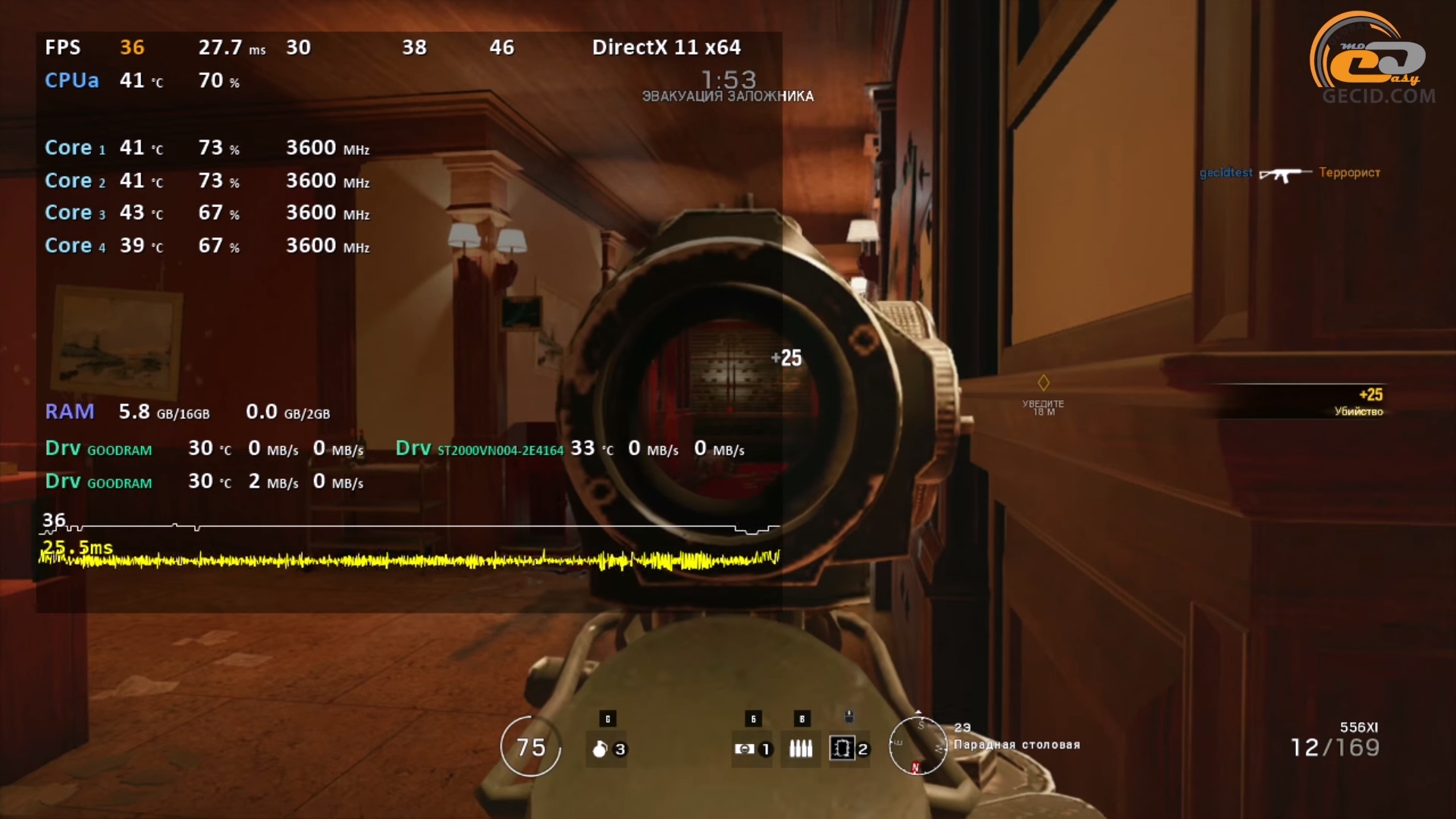

The only thing not integrated are the actual analog and RF functions which come from a relatively inexpensive companion RF (CRF) module connected via a standard M.2 card and provides support for things such as IEEE 802.11ac. CNVi attempts to simplify vendors bill of material (BOM) size and cost by integrating the majority of the expensive functionality found in an RF chip. New Integration Integrated Connectivity (CNVi) Main article: CNViĪ new integration to Goldmont Plus is Integrated Connectivity ( CNVi) which is an architecture for wireless connectivity devices. Goldmont Plus, like Goldmont has no support for Intel Hyper-Threading Technology.
dual 32-bit channels, 1 or 2 ranks per channel. 2 MiB 16-way set associative, 64 B line size. 24 KiB 6-way set associative data, 64 B line size. 32 KiB 8-way set associative instruction, 64 B line size. This section is empty you can help add the missing info by editing this page. UMIP - User-mode instruction prevention. Intel Pentium Processor Combining speed, power and value, for everyday computing on notebooks, convertibles, desktop and mini PCs. SGX1 - Software Guard Extensions, Version 1 Intel Core Processors Intel’s highest-performance CPUs for laptops and desktops, delivering advanced responsiveness, connectivity and graphics. Goldmont Plus introduced a number of new instructions: HD Graphics 500 → UHD Graphics 600 (Celeron J/N 4xxx with 12EU). HD Graphics 505 → UHD Graphics 605 (Pentium Silver J/N 5xxx with 18EU). Gen 9.5 execution engines, Gen 10 Display. 4 MiB L2 per quad core module (Up from 1 MiB per duplex). Paging Cache Enhancements (P圎/eP圎 caches). Improved store-to-load forwarding latency store data from register. 64 KiB 2nd level pre-decode cache (from 16 KiB). Improved AES instruction latency and throughput. Radix-1024 floating point divider for fast scalar/packed single, double and extended precision floating point divides. Information may be incomplete and can change by final release.ĭespite the name "Goldmont Plus", this microarchitecture is a very large implementational jump from "Goldmont" with improvements across the board from the caches to a wider pipeline. Preliminary Data! Information presented in this article deal with future products, data, features, and specifications that have yet to be finalized, announced, or released. Goldmont Plus, like its predecessor, is manufactured on Intel's original 14 nm process (as opposed to 14nm+ or 14nm++). Server-based parts are expected to be introduced in 2018. Goldmont Plus processors were launched on Decemfor desktop, mobile and embedded devices. We benchmarked Intel's current desktop GPU (UHD Graphics 630) along with an older i7-4770K (HD Graphics 4600) and compared them with AMD's current competing desktop APUs (Vega 8 and Vega 11). Intel released Goldmont Plus under 2 main brand families: 
Wa_cq_url: "/content/www/us/en/products/overview.Low-power PCs, tablets, and embedded devices

Wa_emtsubject: "emtsubject:home,emtsubject:itinformationtechnology,emtsubject:consumertechnology",







 0 kommentar(er)
0 kommentar(er)
